The Year in Weird New Frogs
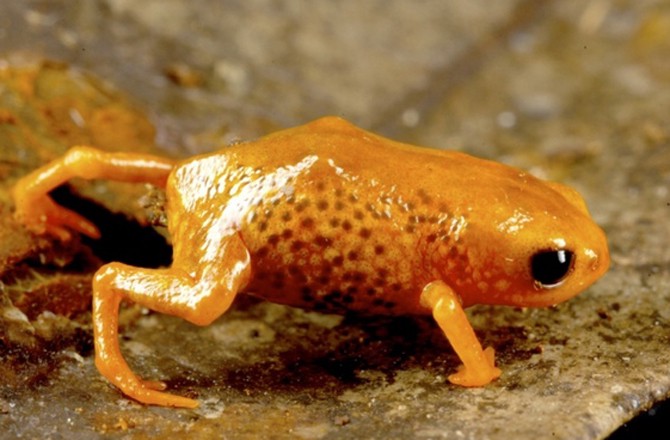
The number of amphibians has been declining disturbingly rapidly over the past few decades, due to all the usual suspects: habitat destruction, climate change, pollution, pesticide use, introduced species, weird new fungal diseases. Being a widespread and effective seed distributor as well as a food source for many larger animals, the disappearance of the frogs is a huge and very un-cute problem. As a result, funding and interest in discovering and theoretically protecting frogs has increased quite a bit. More and more scientists and researchers are tasked with heading out to find new frogs. And it turns out that if you go looking for new frogs, there’s a pretty decent chance you’ll find some new frogs.
Last year was a banner one in frog discovery. I’m not sure exactly how many new species were discovered or described, because scientists don’t all use one spreadsheet where they write down the frogs they find, but it seemed like you couldn’t go a month without reading about some great new frog. At least I couldn’t. Here are some of the very good frogs that we now know about.
Diane’s Bare-Hearted Glass Frog
Glass frogs are so named because they’re sort of translucent and delicate-looking. This one was found in Costa Rica and got a lot of attention because it looks like Kermit, who is technically a puppet and not a frog. Frogs have semi-permeable skin and can use their skin as a secondary breathing apparatus; Kermit’s skin is green cloth and he does not breathe. There are also other differences.
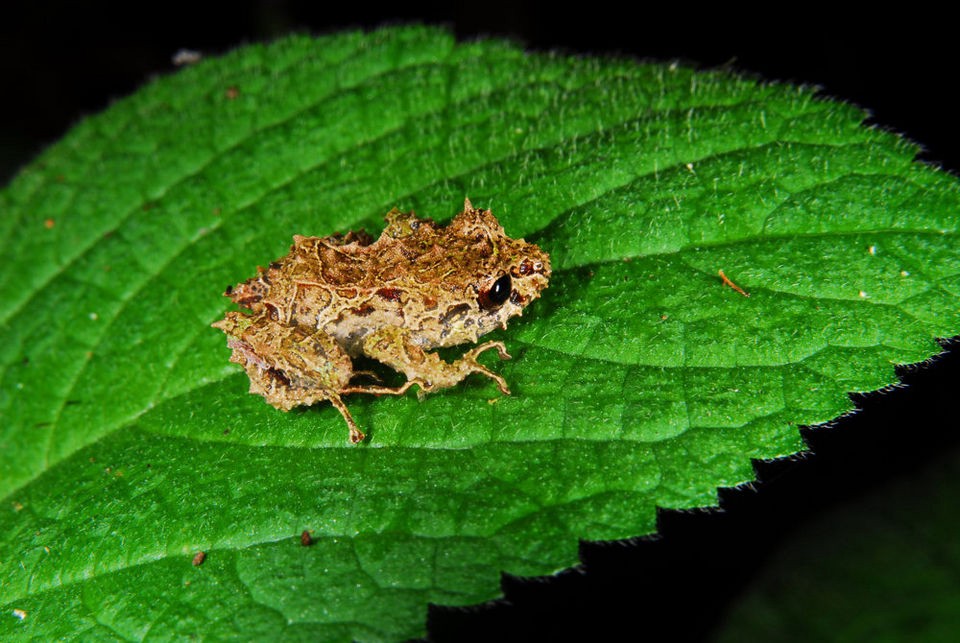
Mutable Rain Frog
This is a very small frog found in the Ecuadorian mountains, and is an especially good frog because it’s capable of changing its skin texture from bumpy to smooth. Basically it can look like a toad or a frog depending on how its skin looks. (For what it’s worth all toads are frogs; the word “toad” is an arbitrary and not very good grouping of some frogs based on warty-looking skin.)
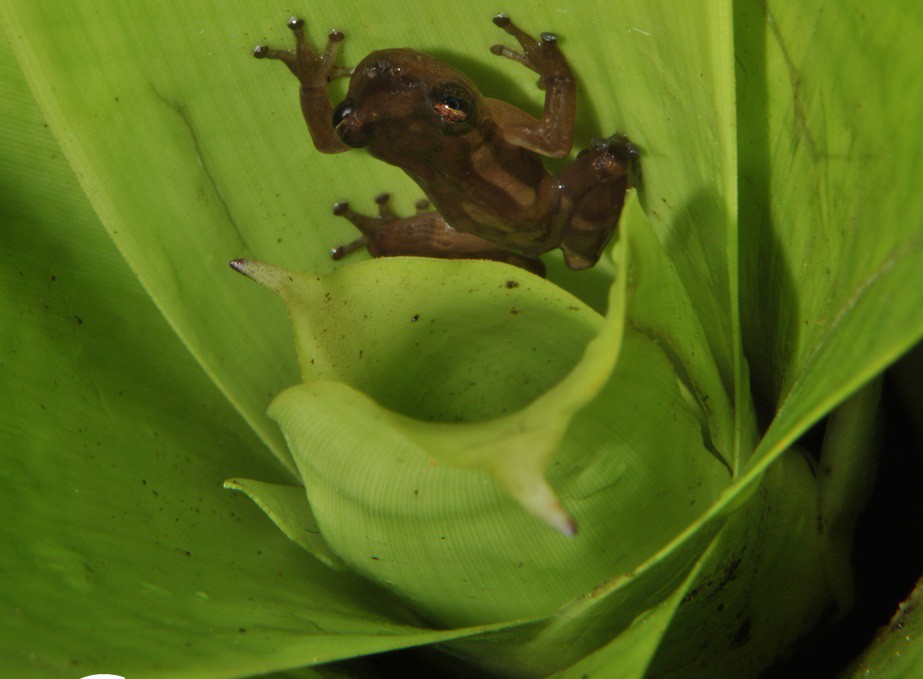
Teresensis’ Bromeliad Treefrog
Found in southeastern Brazil, this very small frog lives in the pool of water created by the cupped shape of the leaves of a bromeliad plant. It is extremely cute.
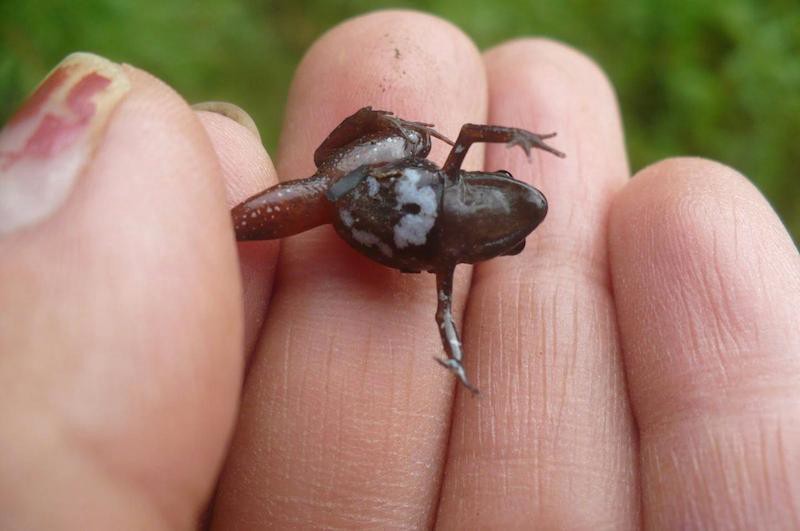
Noblella madreselva
Also found in South America, this Peruvian frog has a bandit-like mask, which is a very good look for any animal, but is probably more notable for its size: about as big as a regulation-sized jelly bean.
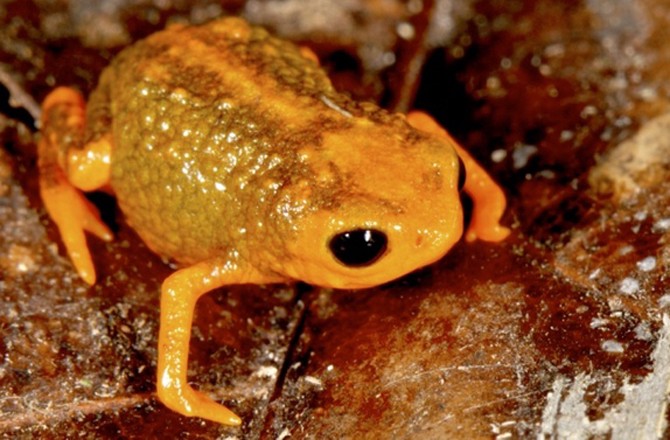
Seven New Brachycephalus Species
Oh boy!!!! Scientists exploring the cloud forests of Brazil found a whopping seven new species of related frogs, all of which are tiny, some of which are bright orange and very poisonous. Do not eat these frogs. Right after the presence of those seven frogs was announced to the world, a Brazilian researcher followed by announcing his own new Brachycephalus species. This one looks very angry.
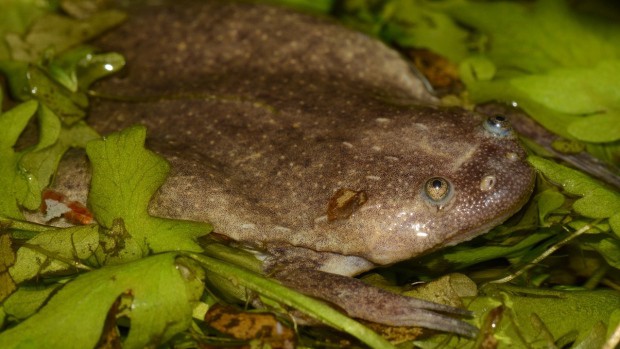
Incredibly Weird Clawed Frogs
Clawed frogs are native to sub-Saharan Africa and are weird pretty much always: They’re these bizarre flat-looking frogs with eyes on top of their heads and big claws on their back legs. They also will give birth when injected with the urine of a pregnant human woman, which, like, what? What a weird freakin’ frog.
Six new species of clawed frog were discovered this year, and they are extra weird because their DNA is polyploid. Humans, and most other animals, are diploid, meaning we snag half our DNA from one parent and half from the other. These frogs, for whatever reason, snagged the entire chunk of DNA from both parents, and some were even found to be the second or third generation to do that, meaning they have the complete sets of DNA from grandparents as well. Again: weird frog.
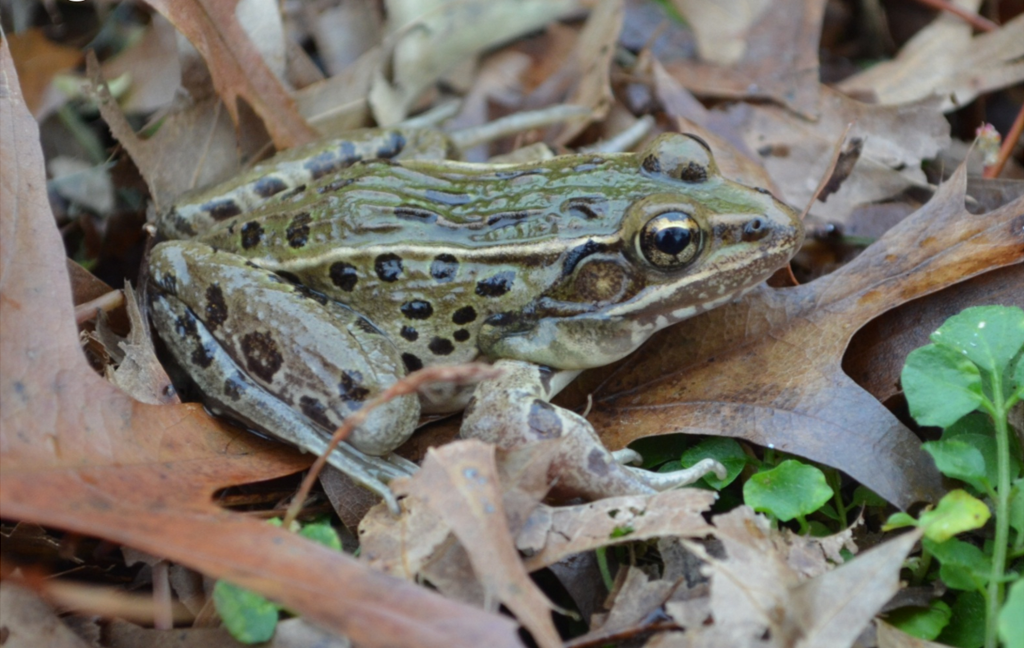
Atlantic Coast Leopard Frog
If you grew up basically anywhere on the east coast, this guy probably looks familiar: The leopard frog is the most interesting frog we have. Its discovery is one of those not-as-exciting things where scientists look at the DNA of a population of an animal and decide it’s different enough from the rest of the populations of the animal to qualify as its own species. What this means is that if you had had elaborate DNA testing equipment as a kid you could have discovered this frog and named it after yourself. But you didn’t. Now you might never have a frog named after you.
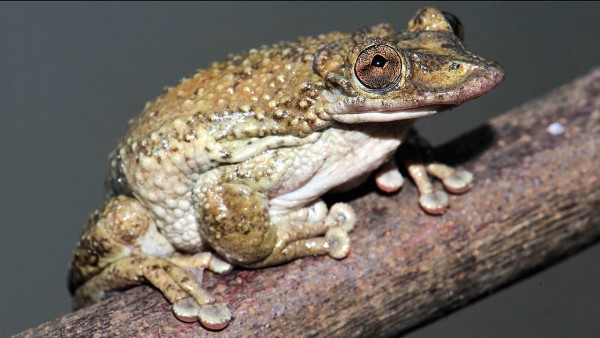
Brazilian Hylid Frog, or Greening’s Frog
The Brazilian hylid frog is the weirdest frog discovery of 2015. It is the world’s first known venomous frog. You might be saying, hey, what about those cute poison dart frogs, they’re brightly colored and aren’t they very dangerous? And yes they are, but they’re poisonous, not venomous: You get sick when you eat a poisonous animal, but a venomous animal can actually sting or bite or otherwise actively inject you with venom. This frog, native to the coastal areas waaaay out in the central-east part of Brazil, has a bunch of spines on its lip, and actually scraped the scientist who discovered it, leaving him a terrible pain for a few hours before he recovered, making a firm note not to grab the mean frog next time. The Greening’s Frog, interestingly, is both venomous and poisonous: it secretes poison from its skin, and can also inject venom with its spines. Very good, very scary frog.

The reason frogs are being discovered so often now is undeniably a depressing one: The IUCN, which is the organization responsible for deeming species “threatened” and “endangered,” estimates that somewhere between nine and a hundred and twenty-two species of frog have gone extinct since 1980, and that around half of known species are in significant decline. But hopefully the discovery of new frogs could have some miraculous effect, maybe alerting governments that it’s not just furry mammals that need protecting.
Another good frog is the Pignose Frog.
Photos by Luiz Fernando Ribeiro, Katherine Krynak, Rodrigo Ferreira, Vanessa Uscapi, Luiz Fernando Ribeiro, Vaclav Gvozdík, Brian Curry, and Carlos Jared, respectively
